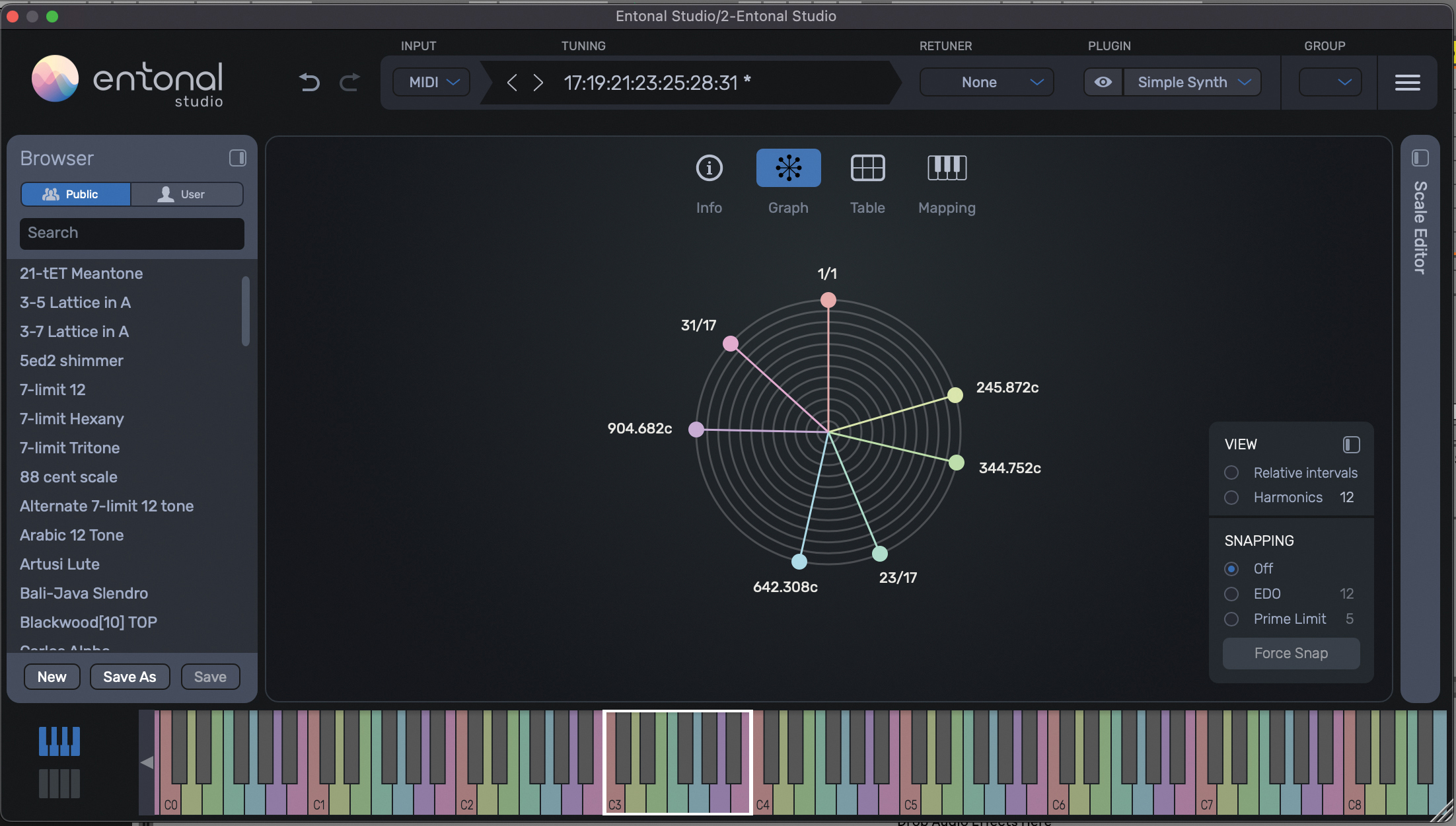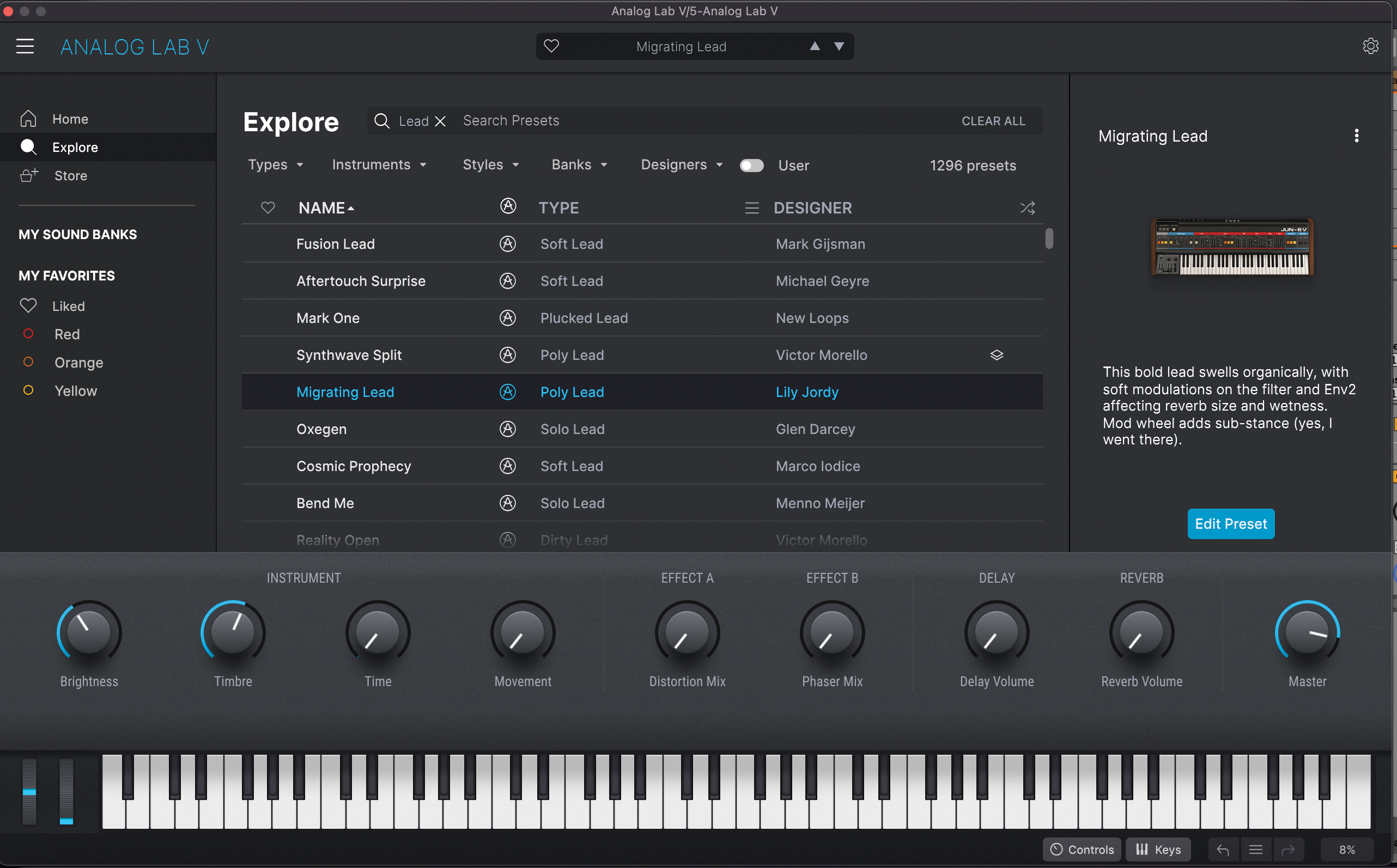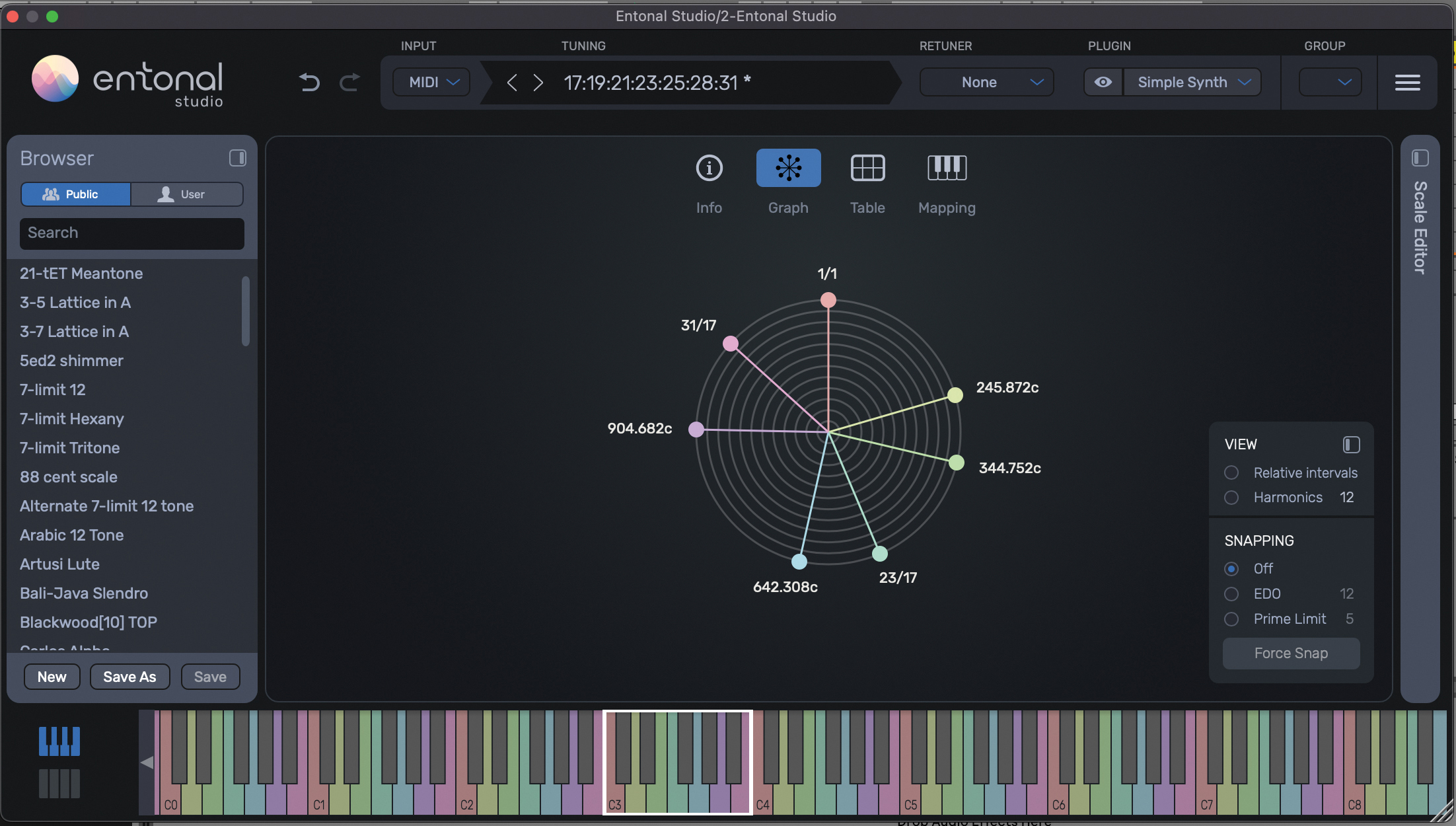Make some freaky sounds with these experimental sound design tips
Sometimes the best way to inspire new sounds is to go leftfield. Think outside the box with these tips…

When it comes to tools and techniques for creative sound design, the modern producer is spoilt for choice: even those who can't afford expensive plugins and processors will be able to craft original and inventive sounds using the tools available to them in any DAW.
All it takes is a little ingenuity and some experimental thinking. With that in mind, let's explore eight creative strategies for creating unexpected and unfamiliar sounds.
1. Ban a sound
Push yourself creatively by banning the use of a common element. Maybe try writing a dance track without any kick drums, hi-hats or cymbals. The key is to find creative ways to replace the role usually performed by whatever you’re missing, such as using a pulsing bassline in place of a kick rhythm or swirling noise effects to emulate the groove of hi-hats.
2. Distort reality
Saturation and distortion are indispensable if you want to accentuate specific harmonics or create aggression within a sound. Whether you’re applying the circuits of an analogue signal path, or engaging a software solution, you’ve likely added bite to a clean sound before. Now it’s time to try pushing the ‘drive’ parameter to extreme values.
Take a ‘distortion synthesis’ approach to extremes by sculpting entirely new tones and timbres using only simple sounds and distortion – for example, push a pure sine wave into a distortion stage to square off the waveform, and vary the input gain with volume modulation (ie tremolo) to create wavering waveform change.
- Read more: Sonic destruction: the science of distortion
3. Make an uber-sound
Max out your computer’s processing power by designing one single uber-sound! Stack up unison voices, go wild with modulation, and purposely assign everything to modulate everything. Once you’ve reached the limit of your computer’s processing power, resample the patch into a sampler and start the process again!
- Read more: 6 extreme sound design ideas
4. Turn off your ears
Make music with your ears, not your eyes, right? Wrong! Fire up a synth’s init patch, turn off your speakers, then create an entire synth patch without listening to it! You can plan how it will sound by choosing waveforms by eye, or go crazy and hook up random parameters. It’s worth a try if you’re completely stuck for inspiration!
Want all the hottest music and gear news, reviews, deals, features and more, direct to your inbox? Sign up here.
5. Be contrary

Break rules when editing audio or piling on plugins. Compress the daylights out of something to generate obvious pumping artefacts. Strap a vocal processor across your drum mix, or assign a bass enhancer to your synth bus. Boost a bass end by +20dB to amplify some low rumble contained in a signal. Use extreme resonance settings when filtering or EQing. Push feedback dials to 11. If it sounds good, it is good! Just watch your gain.
6. Preset surfing

Hunt down your most creative suite of effects processors, load them up over a distinctive sound, then flick through presets as you record the results to audio. The simple act of ‘preset jumping’ can, in fact, generate unique stutters, scans and general weirdness as a synth switches from sound to sound, potentially creating cool effects.
7. Forget tuning

The piano roll-centric world of DAWs and modern synths is heavily focused on the chromatic scale. Try making a track using tools that let you tune them manually – like analogue synth oscillators or pitchshifting plugins – and set the pitch entirely by ear.
Microtonal tools are great for this too, such as Entonal Studio, which lets users manually adjust the pitch of notes or work with non-Western tunings, and can be used with external synths or plugins.
8. My mistake

Sometimes it’s the sounds made by mistake that really inspire; so create hardware malfunctions on purpose and try using these as a focal point for your beats, loops or a full track. Plug a cable into the wrong port to generate hums, crank an empty mixer channel’s preamp gain, and pull a needle off a record for scratches and pops. Now edit these into something inspiring.


I'm the Managing Editor of Music Technology at MusicRadar and former Editor-in-Chief of Future Music, Computer Music and Electronic Musician. I've been messing around with music tech in various forms for over two decades. I've also spent the last 10 years forgetting how to play guitar. Find me in the chillout room at raves complaining that it's past my bedtime.